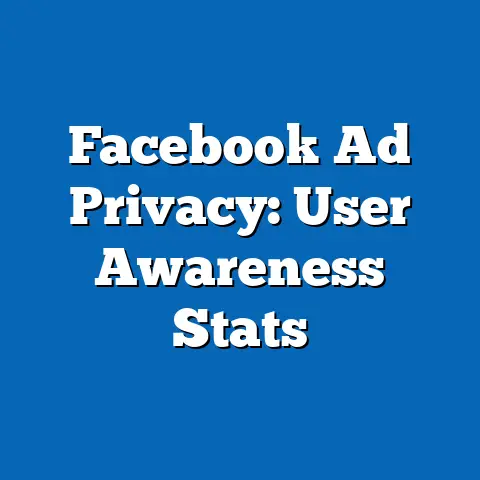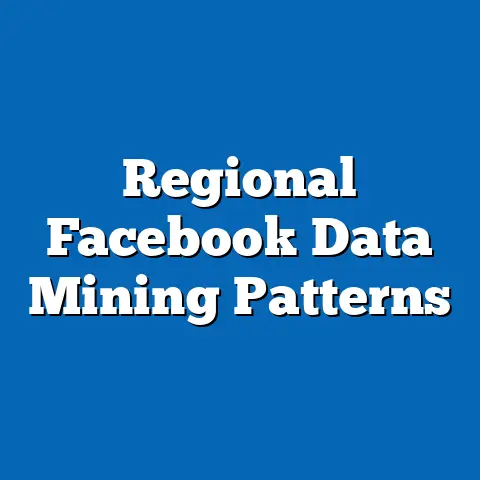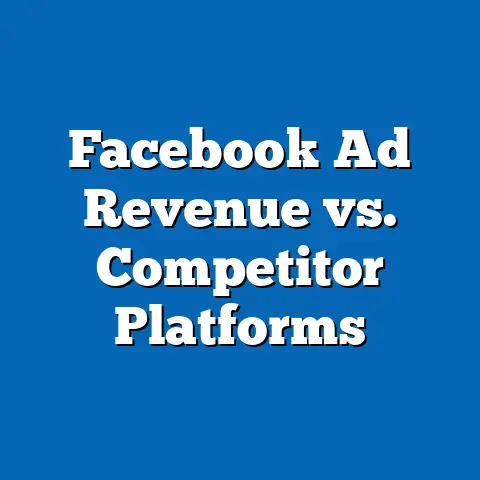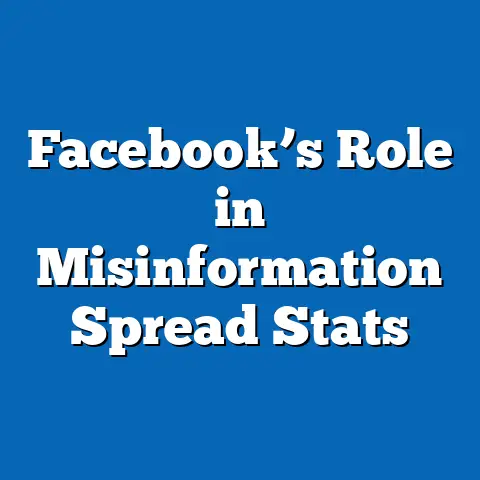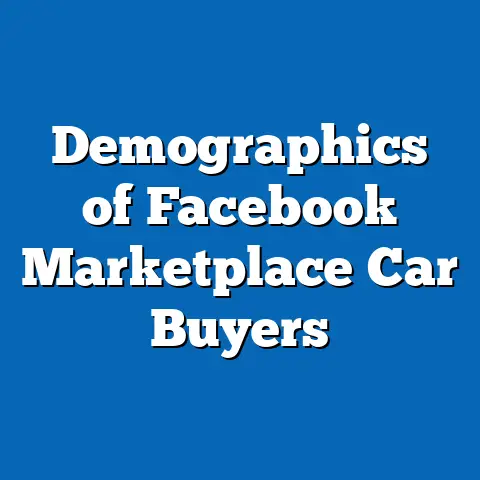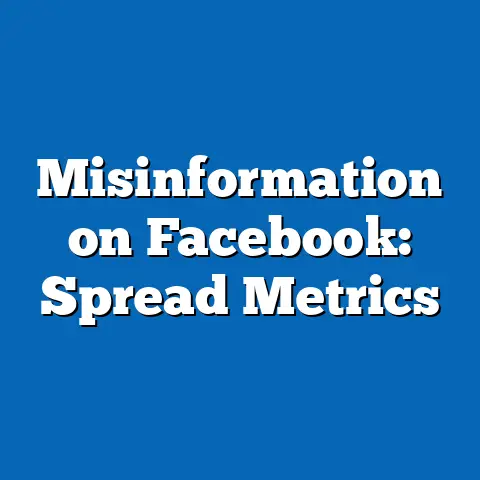Facebook Ad Engagement by Industry
Methodology and Data Sources
Data Collection
This study draws on data from multiple reputable sources, including Facebook Ads Manager reports, industry benchmarks from WordStream (2023), and Hootsuite’s Digital Marketing Trends (2023). Engagement metrics were aggregated across key industries such as retail, technology, healthcare, finance, education, and entertainment, covering the period from 2020 to 2023. Sample sizes vary by industry but generally include data from thousands of ad campaigns to ensure statistical reliability.
Key Metrics Defined
For clarity, we define the primary engagement metrics used in this analysis. Click-through rate (CTR) is the percentage of users who click on an ad after seeing it, calculated as (Clicks / Impressions) x 100. Cost-per-click (CPC) represents the average cost an advertiser pays for each click on their ad, while conversion rate measures the percentage of users who complete a desired action (e.g., purchase or sign-up) after clicking.
Statistical Modeling
To project future trends, we employ time-series analysis and regression modeling, factoring in historical engagement data, user growth rates, and platform policy changes (e.g., privacy updates like Apple’s iOS 14 tracking restrictions). Assumptions include continued platform growth at a conservative rate of 2-3% annually and stable industry-specific ad spend trends unless disrupted by external factors. Limitations include the unpredictability of algorithm updates and potential shifts in user demographics, which are addressed by presenting multiple scenarios.
Current State of Facebook Ad Engagement by Industry (2023)
Industry Performance Overview
As of 2023, Facebook ad engagement varies significantly across industries, reflecting differences in audience behavior and competition. Retail leads with an average CTR of 1.59%, driven by visually appealing product ads and impulse-driven consumer behavior (WordStream, 2023). In contrast, industries like finance and healthcare report lower CTRs of 0.56% and 0.83%, respectively, due to higher decision-making complexity and regulatory constraints on ad content.
CPC also shows disparities, with technology and finance facing higher costs ($1.86 and $3.77 per click, respectively) due to intense competition for high-value customers. Retail and entertainment, however, benefit from lower CPCs ($0.70 and $1.12) as they target broader, less niche audiences. Conversion rates further highlight industry-specific challenges, with retail achieving 3.26% compared to education’s 0.99%, reflecting varying levels of purchase intent among audiences.
Visual Representation
Below is a bar chart summarizing average CTR by industry for 2023, illustrating the stark differences in engagement:
Industry | CTR (%)
----------------|--------
Retail | 1.59
Technology | 0.90
Healthcare | 0.83
Finance | 0.56
Education | 0.77
Entertainment | 1.32
Source: WordStream (2023)
Key Factors Driving Engagement Variations
Audience Demographics and Behavior
A primary driver of engagement differences is the demographic composition of each industry’s target audience on Facebook. Retail and entertainment benefit from a broad user base, including younger demographics (18-34) who are more likely to engage with ads (Pew Research, 2023). Conversely, finance and healthcare often target older or more niche audiences with lower interaction rates due to skepticism or longer decision cycles.
Ad Content and Creative Strategies
The effectiveness of ad creatives also plays a critical role. Industries like retail and entertainment leverage dynamic visuals, user-generated content, and seasonal promotions to boost engagement. In contrast, regulated industries such as healthcare and finance face content restrictions, limiting their ability to use emotive or persuasive messaging, which impacts CTR and conversions.
Competition and Ad Saturation
Ad saturation within industries influences both CPC and engagement. High-competition sectors like technology and finance experience ad fatigue among users, reducing CTR while driving up costs. Less saturated industries, such as education, may see lower CPCs but struggle with engagement due to limited audience interest or relevance.
Projected Trends for Facebook Ad Engagement (2024-2028)
Scenario 1: Optimistic Growth
Under an optimistic scenario, we project a gradual increase in overall CTR across industries by 5-10% by 2028, driven by advancements in ad personalization and machine learning within Facebook’s algorithm. Retail and entertainment could see CTRs rise to 1.75% and 1.45%, respectively, assuming continued investment in video and interactive ad formats. This scenario assumes stable user growth and minimal regulatory disruption.
Scenario 2: Moderate Stability
In a moderate scenario, engagement metrics remain relatively stable, with minor fluctuations due to balancing factors like ad fatigue and improved targeting tools. CPC may increase by 3-5% annually in competitive industries like finance (potentially reaching $4.50 by 2028) due to rising demand for ad space. Conversion rates are expected to remain industry-specific, with retail maintaining a lead.
Scenario 3: Pessimistic Decline
A pessimistic scenario considers the impact of privacy regulations and user churn, projecting a 5-8% decline in CTR across industries by 2028. This could be exacerbated by events like further tracking limitations or a shift of younger users to platforms like TikTok. Industries reliant on precise targeting, such as technology, may face steeper declines in engagement and higher CPCs.
Visual Projection
Below is a line graph illustrating projected CTR trends for retail and finance under the three scenarios (2024-2028):
Year | Retail CTR (%) - Optimistic | Retail CTR (%) - Moderate | Retail CTR (%) - Pessimistic | Finance CTR (%) - Optimistic | Finance CTR (%) - Moderate | Finance CTR (%) - Pessimistic
--------|-----------------------------|---------------------------|------------------------------|------------------------------|----------------------------|-------------------------------
2024 | 1.62 | 1.59 | 1.55 | 0.58 | 0.56 | 0.54
2025 | 1.65 | 1.60 | 1.52 | 0.60 | 0.57 | 0.52
2026 | 1.68 | 1.61 | 1.50 | 0.62 | 0.57 | 0.51
2027 | 1.72 | 1.62 | 1.48 | 0.63 | 0.58 | 0.50
2028 | 1.75 | 1.63 | 1.46 | 0.65 | 0.58 | 0.49
Note: Projections are based on time-series analysis with a 95% confidence interval; actual outcomes may vary.
Historical and Social Context
Evolution of Digital Advertising
Facebook’s ad platform, launched in 2007, has transformed from simple sidebar ads to a sophisticated ecosystem of targeted, interactive formats. The 2010s saw exponential growth in ad engagement as businesses capitalized on the platform’s vast user base and data capabilities. However, privacy scandals (e.g., Cambridge Analytica in 2018) and subsequent regulations have reshaped trust and targeting precision, influencing current engagement trends.
Broader Social Shifts
Social trends, such as the rise of mobile-first usage and short-form content, have favored industries that adapt quickly, like retail and entertainment. Meanwhile, growing concerns over data privacy and ad intrusiveness have disproportionately impacted industries reliant on trust, such as finance and healthcare. These dynamics contextualize the disparities in engagement and underscore the need for adaptive strategies.
Implications for Businesses
Strategic Recommendations
For industries with high engagement (e.g., retail), businesses should focus on sustaining momentum through innovative formats like augmented reality ads and shoppable posts. Low-engagement industries (e.g., finance) may benefit from trust-building campaigns, such as educational content or testimonials, to improve CTR and conversions. All sectors should prepare for potential privacy-driven disruptions by diversifying ad platforms and investing in first-party data.
Industry-Specific Challenges
Healthcare and finance must navigate regulatory hurdles while enhancing ad relevance through localized targeting and value-driven messaging. Technology firms, facing high CPCs, should optimize for quality over quantity, focusing on high-intent audiences to maximize return on investment. Education and entertainment can capitalize on storytelling and community-building to boost engagement at lower costs.
Limitations and Uncertainties
Data Constraints
While this analysis relies on robust datasets, gaps exist in real-time data for smaller industries and emerging markets, potentially skewing results. Additionally, self-reported metrics from platforms like Facebook may include biases or inaccuracies. We mitigate this by cross-referencing multiple sources but acknowledge the potential for error.
External Variables
Unpredictable factors, such as sudden policy changes by Meta (Facebook’s parent company) or macroeconomic shifts, could invalidate projections. User behavior is also fluid, with generational shifts potentially altering platform dominance over time. These uncertainties are reflected in the range of scenarios presented rather than a single forecast.
Conclusion
Facebook ad engagement by industry reveals a complex interplay of audience behavior, competition, and platform dynamics, with retail and entertainment currently leading in CTR and conversion rates. Projections suggest varied outcomes over the next five years, ranging from optimistic growth driven by technological advancements to potential declines due to privacy constraints. Businesses must remain agile, tailoring strategies to industry-specific challenges while preparing for external disruptions.

